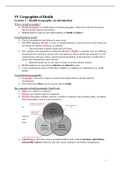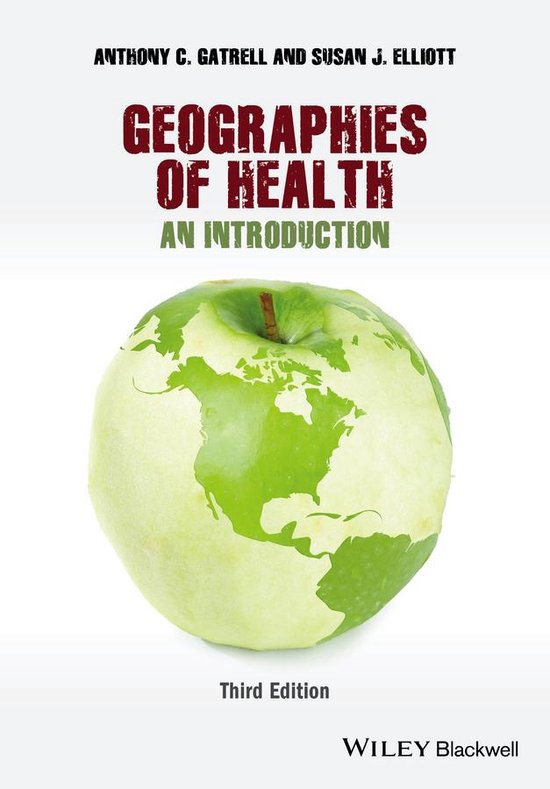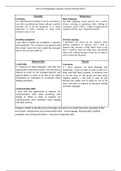Summary
Samenvatting Geographies of Health, ISBN: 9781118274859 Geographies of Health (GEO2-3317)
- Module
- Institution
- Book
Summary All Substance Geographies of Health: 7 lectures and additional notes, including summaries of exam literature and images.
[Show more]





